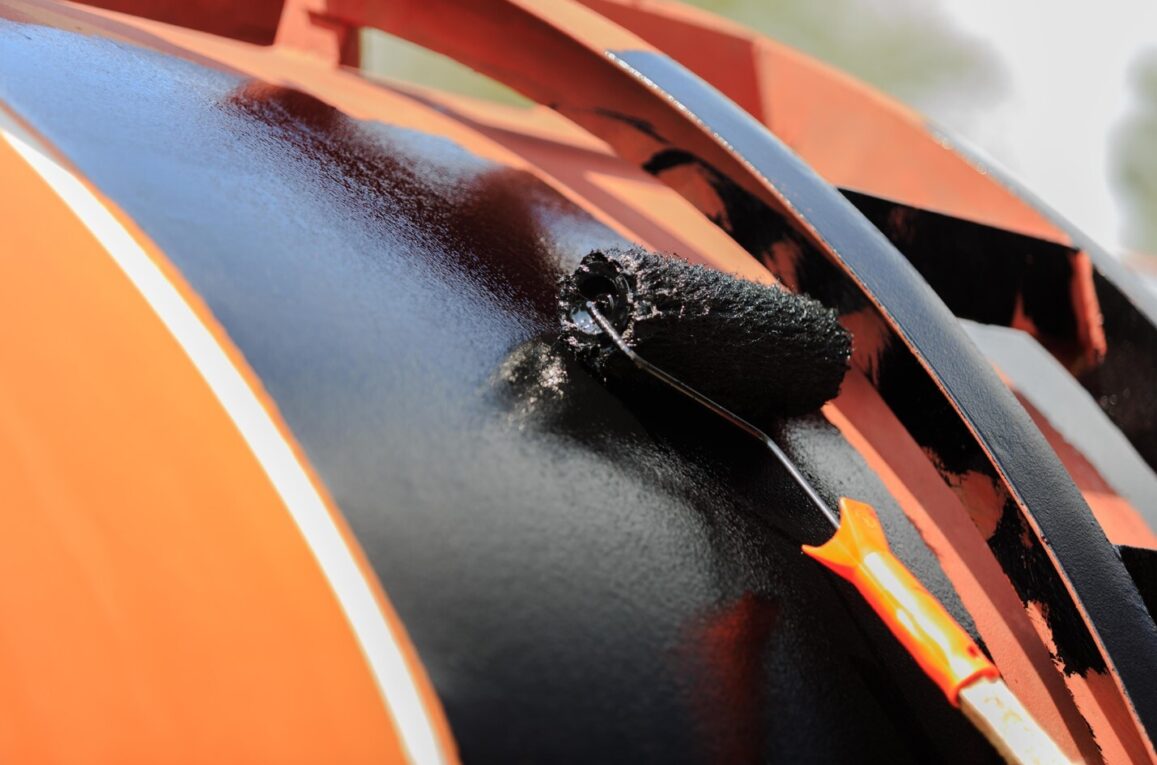Corrosion Protection through Effective Coatings
Corrosion has been an ongoing challenge for industries for decades. It causes significant financial losses every year by damaging infrastructure and equipment. While corrosion is a natural process, its impacts can be minimized through proper preventive measures. One of the most effective ways to protect assets from corrosion is by applying specialized corrosion protection coatings. In this article, we will discuss various types of anti-corrosion coatings available and how they help industries and organizations reduce corrosion risks.
What is Corrosion and Why do we Need Protection?
Corrosion is a natural electrochemical process where a material deteriorates or oxidizes due to its reaction with the surrounding environment. It can be caused by factors like moisture, oxygen, acids or alkalis present in the atmosphere or other mediums the material is exposed to. Left unprotected, corrosion can compromise the strength and integrity of assets like ships, oil rigs, pipelines, industrial equipment etc over time. It leads to accelerated deterioration and failure of components.
Corrosion damages cost billions of dollars globally each year through maintenance, repair and replacement. It puts operations at risk by causing unplanned downtime. For critical infrastructure like oil and gas facilities or power plants even minor corrosion can have large economic and safety impacts. To avoid these issues, proper corrosion protection is required. Coatings provide an effective barrier against corrosive environments, preserving the life of assets.
Classification of Anti-corrosion Coatings
There are various types of coatings used for corrosion protection depending on the substrate material and exposure conditions. Some major classifications include:
– Epoxy Coatings: Epoxy coatings are versatile barrier coatings suitable for protecting steel structures, equipment and pipelines exposed to many corrosive environments like industrial acids/alkalis, salts etc. They have excellent adhesion and long lasting protection.
– Polyurethane Coatings: Used for protecting surfaces against corrosion from moisture, chemicals, abrasion and impact. Specially suited for exposed structural steel and equipment. Provides flexibility and resilience.
– Zinc-Rich Coatings: Contains high zinc content for galvanic protection of steel. Sacrificially corrodes to protect the substrate in many environments like offshore, marine etc. Very effective and inexpensive option.
– Inorganic Zinc Coatings: Like zinc-rich but 100% zinc content gives superior galvanic protection. Hard durable film with excellent barrier properties for steel exposed to moisture, acids/salts. Commonly used in shipbuilding, offshore platforms.
– Acrylic/Vinyl Coatings: Suitable for mild indoor/outdoor exposure areas. Provides aesthetics and gloss retention along with basic corrosion resistance. Used for decorative and maintenance purposes.
– Coal Tar Epoxy Coatings: Specialized coal tar pitch pigmented coating for protection of pipes and tanks containing corrosive products like acids/alkalis. Highly chemical resistant.
Coating Selection and Application Process
Proper selection and application of coatings is crucial to achieve desired protection level. Some key steps involved are:
– Surface Preparation: Thorough cleaning and abrasive/mechanical surface preparation is mandatory for coatings to adhere well and last long. Removes all contaminants, corrosion deposits etc.
– Material Selection: Choosing the right coating system based on the corrosivity of environment and requirements like chemical resistance, flexibility, thickness etc.
– Application Methods: Different techniques like brushing, spraying, rolling are used based on the part geometry and coating type. Multiple thin coats are preferred over single thick coats.
– Inspection and Touch-Ups: Checking for defects, pinholes in between coats and post application. Retouching to ensure complete coverage and avoid premature failures.
– Curing and Drying: Allowing coats to fully cure as per specifications before putting to use enhances coating performance over time.
By following proper SOPs during these steps, maximum performance of corrosion protective coatings can be achieved. Third party certification also adds value by ensuring application quality.
Some Remarkable Coating Applications
Here are some real examples highlighting how corrosion protective coatings have helped different industries effectively:
– Oil Platforms: Epoxy and zinc-rich coatings on offshore rigs and production platforms help protect steel structures permanently submerged in corrosive sea water, enabling 25-30 years of operation.
– Pipelines: Multi-layer polyurethane and 3LPE coatings on transnational oil and gas trunk pipelines provide corrosion barrier and enable burying plastic pipelines directly in soil for decades.
– Ships: Multiple coatings like epoxy, polyurethane and inorganic zinc on hulls and decks form reliable protective layer, extending lifespan and reducing maintenance.
– Chemical Plants: High-build epoxy and coal tar epoxy internal tank linings protect against corrosion from chemicals like acids/alkalis during storage and transfer, upholding process integrity.
– Water/Sewage Infrastructure: Cementitious coatings on steel and concrete water pipes , tanks help achieve 50-60 years design life by preventing corrosion through contact with water and sewage.
Conclusion
In summary, corrosion protective coatings provide very effective and economical means of shielding assets across industries from deterioration. By selecting right coating systems tailored for specific exposure environments and applying as per SOPs, long term corrosion prevention can be ensured. This helps industries maximize ROI and continue safe reliable operations over design lifecycles. Coatings truly act as first line of defense against corrosion to support infrastructure integrity.

